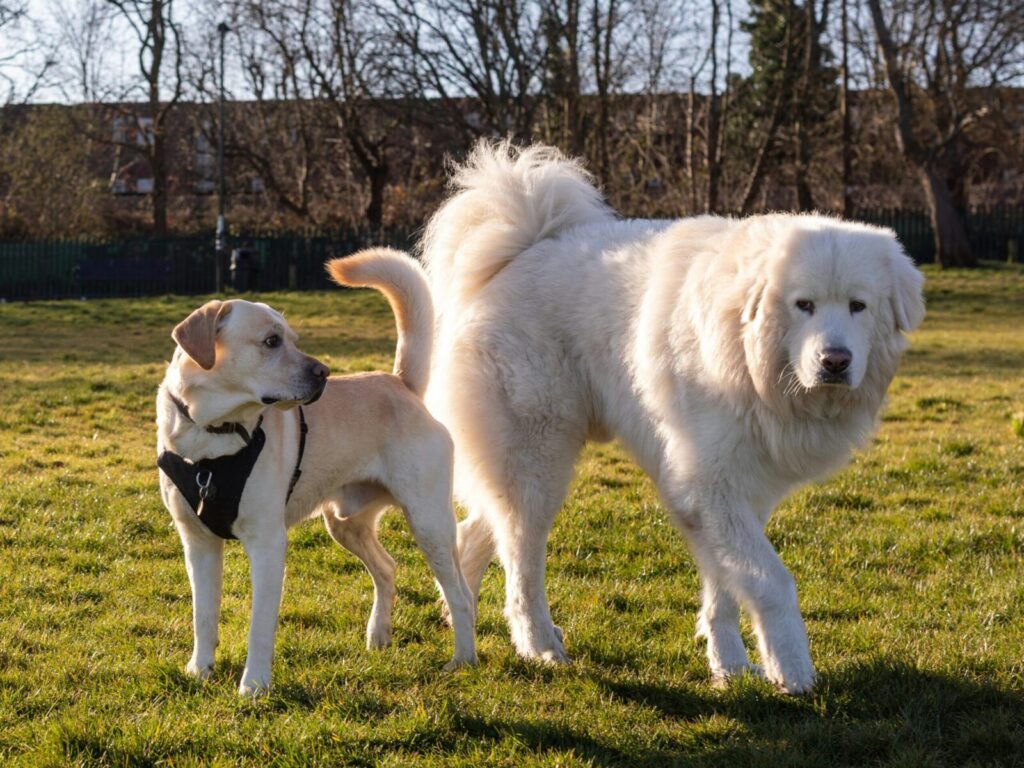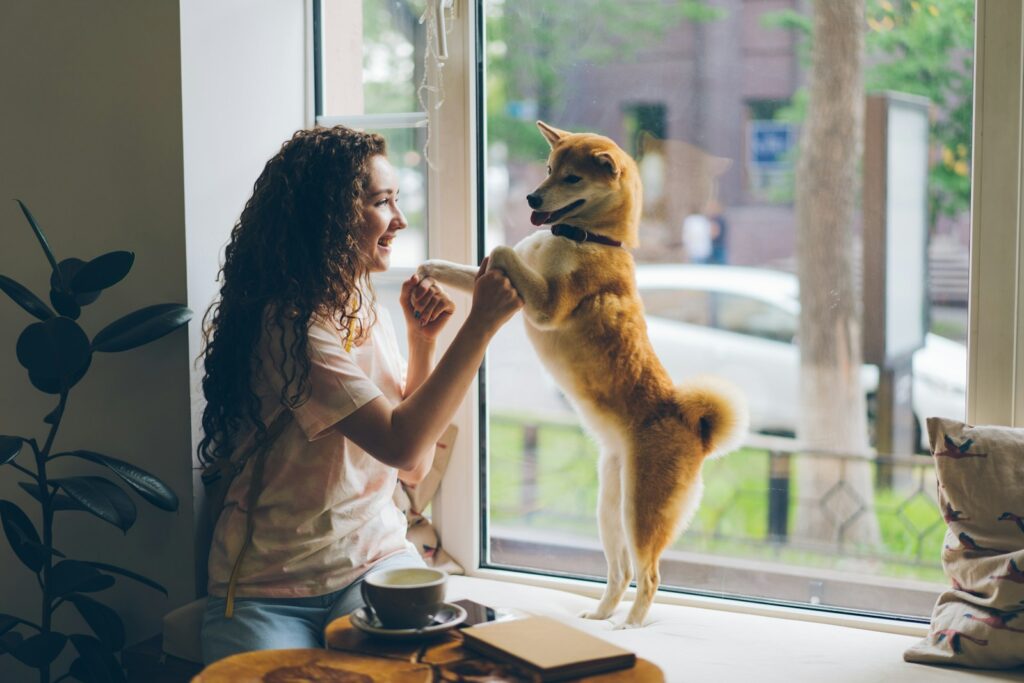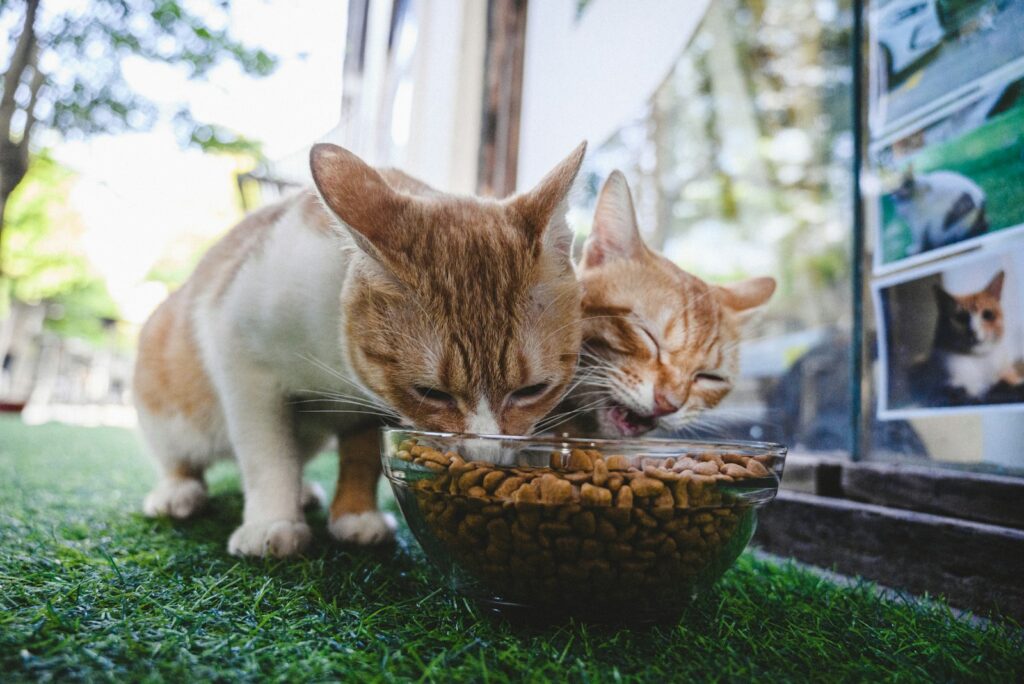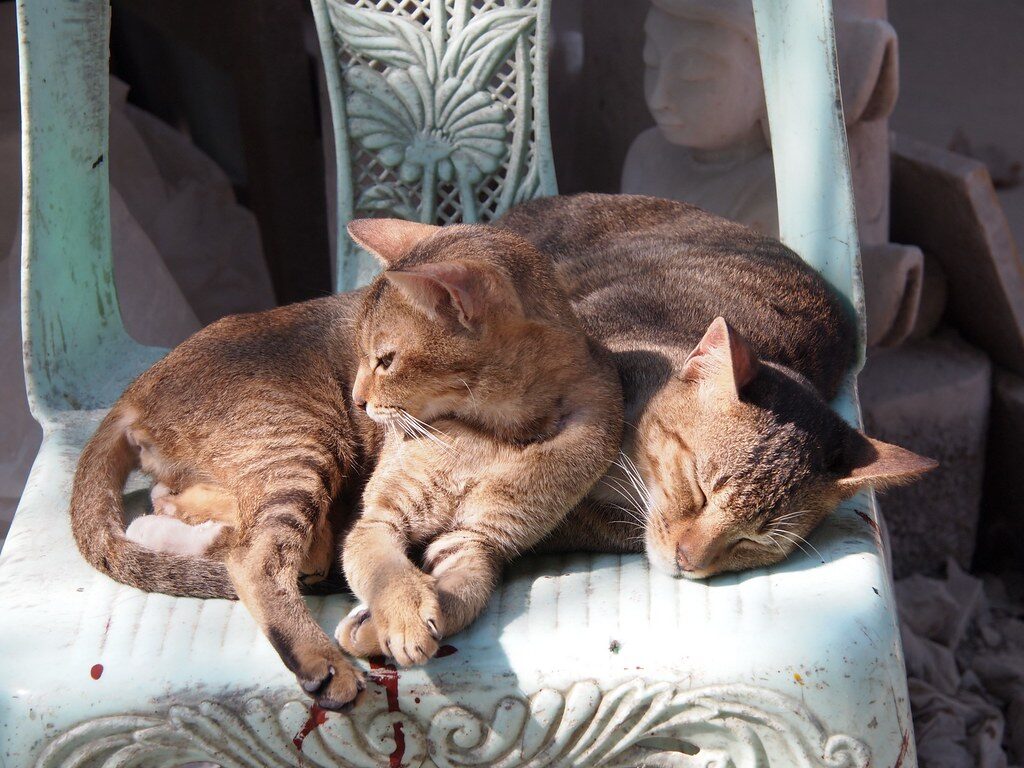Pets may not speak our language, but they communicate in ways we can notice if we pay attention. Dogs wag their tails, cats purr, and subtle body cues reveal their mood. Understanding these signs helps strengthen your bond and ensures their well-being. Happiness in pets isn’t just about occasional play; it’s about consistent comfort, trust, and engagement. Observing behaviors carefully can reveal whether your furry friend is truly content, relaxed, and emotionally healthy in their home environment.
1. Tail and Body Language Says It All

For dogs, a gently wagging tail usually signals contentment, while a relaxed, loose body shows comfort. Cats express happiness differently: slow blinking, tail upright with a slight curve, or kneading with their paws are good indicators. Avoid confusing excited energy with stress; a stiff body, tucked tail, or flattened ears often indicate discomfort. Understanding these subtle cues allows you to read your pet’s emotional state, ensuring you respond appropriately to their needs and maintain a positive environment at home.
2. Playfulness and Engagement

Happy pets actively seek interaction, whether chasing toys, pouncing playfully, or nudging you for attention. Dogs may fetch a ball repeatedly, while cats might bat at strings or toys with focused energy. Lack of engagement, on the other hand, can suggest stress, boredom, or health concerns. Encouraging playful behaviors strengthens your bond and provides essential mental stimulation. Recognizing when they initiate play versus when they are being forced helps you respect their comfort and ensures that activities are genuinely enjoyable for your furry friend.
3. Healthy Appetite and Eating Habits

A happy pet usually eats with enthusiasm and consistency. Dogs eagerly approach meals, and cats show interest in their food without hesitation. Sudden changes in appetite, such as skipping meals or overeating, may indicate stress, illness, or unhappiness. Observing how they respond to mealtime, the speed of eating, and their willingness to try new foods gives you insight into their emotional state. Balanced nutrition paired with consistent routines can enhance contentment, making mealtime a positive and stress-free experience for your pet.
4. Vocalizations Reflect Mood

Dogs and cats use sounds to communicate feelings. Content dogs often emit soft barks, sighs, or playful growls, while cats purr, chirp, or meow gently when comfortable. Conversely, excessive whining, yowling, or growling can signal anxiety or discomfort. Understanding your pet’s typical vocal patterns helps you detect subtle changes that may indicate emotional shifts. Being attentive to these sounds and their context, such as mealtime, play, or rest, can help you respond appropriately, reinforcing a sense of safety and happiness for your furry companion.
5. Grooming and Physical Care

Pets that feel happy and secure often groom themselves regularly. Cats are meticulous with their fur, licking to clean and soothe themselves, while dogs maintain healthy coats through natural shedding and occasional licking. Poor grooming habits, excessive scratching, or matted fur can suggest stress, illness, or unhappiness. Monitoring your pet’s hygiene routines allows you to notice early signs of discomfort. Providing a clean, comfortable environment and helping with grooming when needed reinforces trust and contributes to their overall sense of well-being.
6. Resting Comfortably

Observing how your pet sleeps or rests reveals a lot about their emotional state. Dogs that stretch out freely or curl up in familiar spots feel secure, while cats often choose high, cozy areas for naps when they are content. Restlessness, hiding, or difficulty settling can indicate anxiety or stress. Providing comfortable beds, quiet spaces, and consistent routines encourages deep, restful sleep. Happy pets show relaxed postures and settle quickly after play or stimulation, reflecting a sense of safety and emotional stability in their home environment.
7. Affection and Attention Seeking

Pets that approach you for snuggles, head bumps, or gentle nudges are generally happy and emotionally connected. Dogs may lean against you or rest their head on your lap, while cats may curl beside you or purr loudly. Respect their personal space as well, noting that some cats show affection subtly. Lack of interaction, avoidance, or aggression can signal unhappiness. Responding to affectionate behaviors strengthens your bond and reassures your pet that they are safe, valued, and loved, reinforcing emotional stability and mutual trust.
8. Exploring and Curiosity

Curious behavior indicates a confident and content pet. Dogs sniff new areas, investigate scents, and explore safely, while cats may climb, peek into new corners, or watch surroundings intently. A happy pet is engaged with its environment, not fearful or withdrawn. Hesitation, constant hiding, or lack of interest in new stimuli may reflect anxiety. Encouraging exploration in safe settings promotes mental stimulation, prevents boredom, and fosters emotional well-being. Observing how your pet navigates new experiences can give you insight into their comfort level and overall happiness.
9. Social Interactions with Others

Happy pets often interact positively with familiar humans and other animals. Dogs may greet friends with tail wags and playful behavior, and cats may tolerate gentle petting from trusted companions. Signs of stress or unhappiness include avoidance, hissing, growling, or excessive shyness. Monitoring social interactions helps you understand comfort zones and preferences. Gradual exposure, positive reinforcement, and respecting boundaries build confidence and trust. Observing these patterns ensures your pet enjoys balanced, healthy socialization that contributes to their emotional stability and overall happiness.
10. Consistent Energy Levels

Pets that display consistent energy patterns appropriate for their age and breed are often content. Dogs may alternate between energetic play and relaxed lounging, while cats show bursts of activity followed by peaceful rest. Sudden lethargy or hyperactivity outside normal patterns may indicate stress, illness, or unhappiness. Understanding and respecting these natural rhythms allows you to support mental and physical health. Maintaining a structured routine with adequate exercise and mental stimulation ensures your pet remains engaged, balanced, and, ultimately, happy in its daily life.
Comments